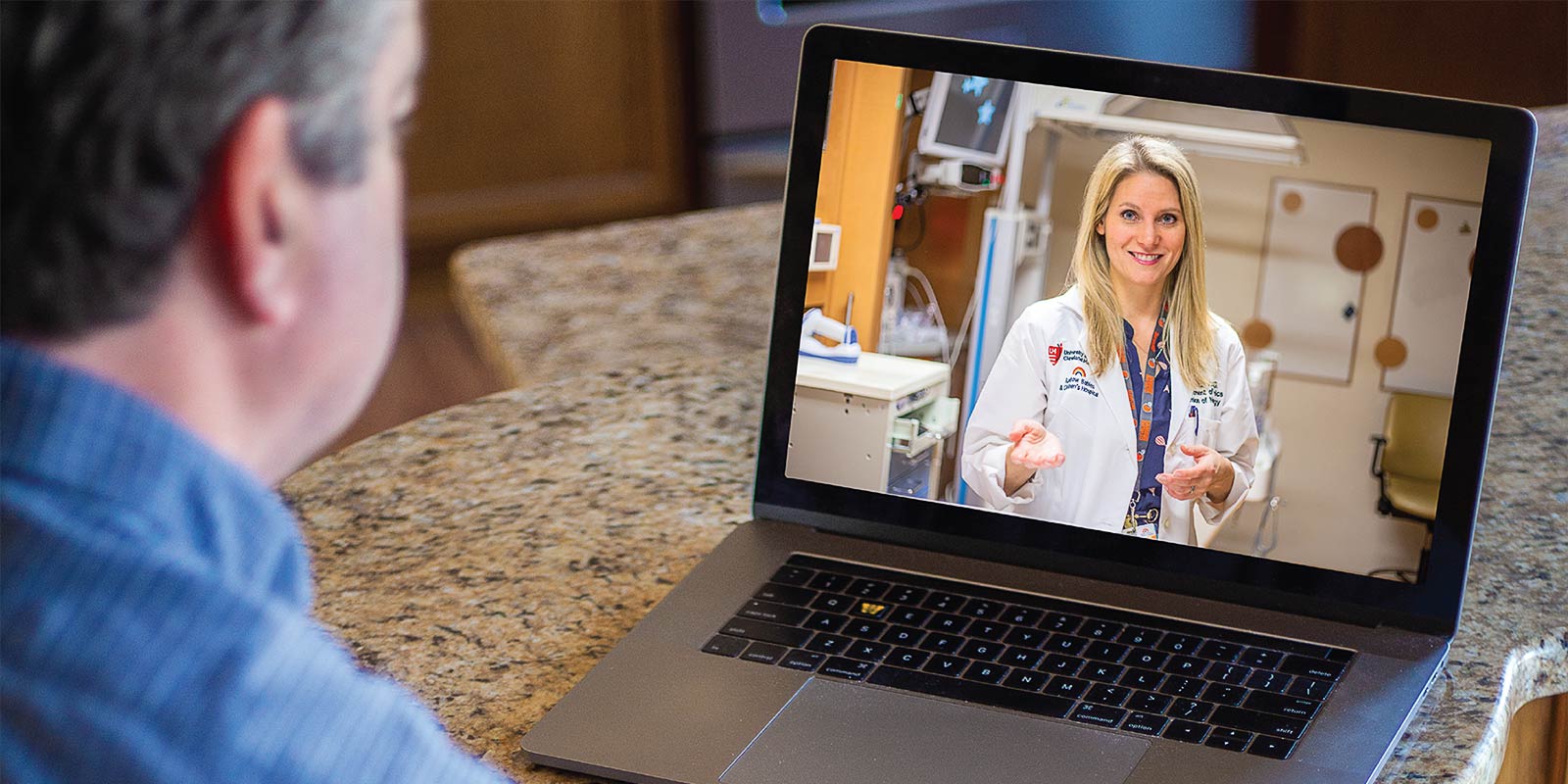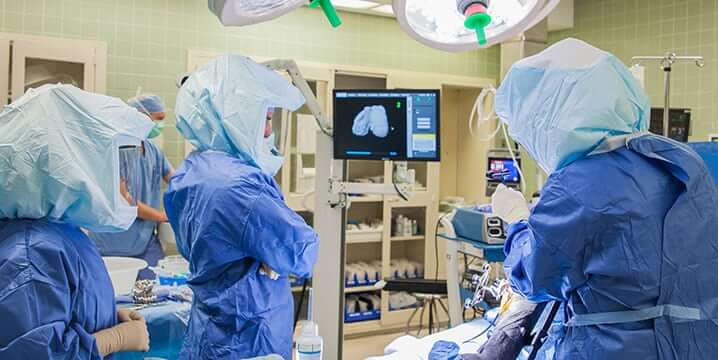Creating the Seamless Patient Experience

As a super-regional health system, UH seamlessly cares for patients no matter where they reside. Key to this is the hub-and-spoke model that blends primary and specialty care from over 200 physical locations across the region with virtual care and telehealth that enhance our reach, which is then complemented by our network of hospitals providing tertiary and quaternary care.
Additionally, the UH academic research efforts move medicine forward and deliver hope to many who previously had no alternatives, including those with rare diseases. And post-acute care services, such as skilled nursing and hospice care, round out the care offering for all life stages.
Creating Mini-hubs. With value becoming increasingly important in the delivery of healthcare, UH aims to provide the right care, at the right place, at the right time, which means growing many of our regional locations to become mini-hubs for specialized care. The recent announcement of the phase 2 development of UH Ahuja Medical Center illustrates this strategy in action. This $200 million project directly addresses UH’s eastern region needs. This project will feature new labor-and-delivery and neonatal intensive care units, an expanded women’s health and comprehensive breast health center, a larger emergency room, and radiology services. We will also add the largest sports medicine complex in Northeast Ohio. Additionally, a new ambulatory surgical center will be built along with expanded outpatient services.

Another example of specialty care includes the highly advanced robotic technology that’s transforming the way joint replacement procedures are performed in UH’s western region. The new Stryker Mako System at UH Elyria Medical Center uses a virtual 3-D model to create a personalized surgical plan before entering the operating room and assists the surgeon in providing a more accurate placement and alignment of the implant. “With Mako, we are bringing highly sophisticated care to our patients that lets them be treated close to home,” explained William Stanfield, MD, Director, Center for Bone and Joint Replacement, UH Elyria Medical Center.
Enhancing Access via Telehealth. Creating a seamless patient experience also means enhancing access so our patients can easily seek the care of our expert providers. Digital health is a key driver in delivering high value care for our community. The UH telehealth strategy includes three areas of focus:
- Virtual care (telehealth) – Providing direct patient care via live video across multiple healthcare settings
- Digital access – Programs and platforms that allow patients to directly schedule appointments or access virtual care with a UH provider
- Digital care continuum – Offering programs and digital tools that allow patients to connect with their care team to manage episodic care or chronic diseases. Our orthopedic and pediatric cardiology specialties have utilized these tools for facilitating disease management and patient engagement.
In 2018, UH launched a robust expansion of our virtual care program. For example, patients living in the Ashland area can now visit the UH Samaritan Medical Center virtual multispecialty clinic to receive ambulatory care in several specialties – including neurology, hepatology, vascular, maternal fetal medicine, genetics and sleep disorders – via a virtual visit with specialists located throughout the UH system. This service enhances access to expert care for our UH community by leveraging the expertise of our entire UH system. Working as a physical clinic, staff supports the technology interface as well as the clinical assessment, providing similar benefits as a face-to-face visit. The collaboration across the UH Samaritan Medical Center clinical and medical staff and the UH Telehealth, Information Technology and Clinical Integration departments is a great example of the strength of the UH system, the power of an integrated network, and the commitment of the team that works diligently to ensure compassionate care. Additional telehealth programs in our neonatal intensive care units, emergency departments and many of our community hospitals were also launched in 2018. Importantly, our efforts in growing the telehealth program yielded a 75 percent year-over-year increase in virtual care visits.
In 2018, we also enhanced digital access by expanding our scheduling capabilities with the rollout of online scheduling for care across the UH system. Internally, providers can easily make referrals to specialty providers for our patients with over 90 percent of our providers now on our Schedule Me Now platform. Since its launch in early 2017, over 40,000 referrals have been made for our patients using this tool. Externally, we launched a proprietary self-scheduling tool giving our patients the ability to book their own appointments with over 160 providers in 10 specialties. Plans are currently under way to expand this capability in 2019, adding significantly more providers to the consumer self-scheduling tool. Both of these applications are quick and easy through the UHhospitals.org website.


